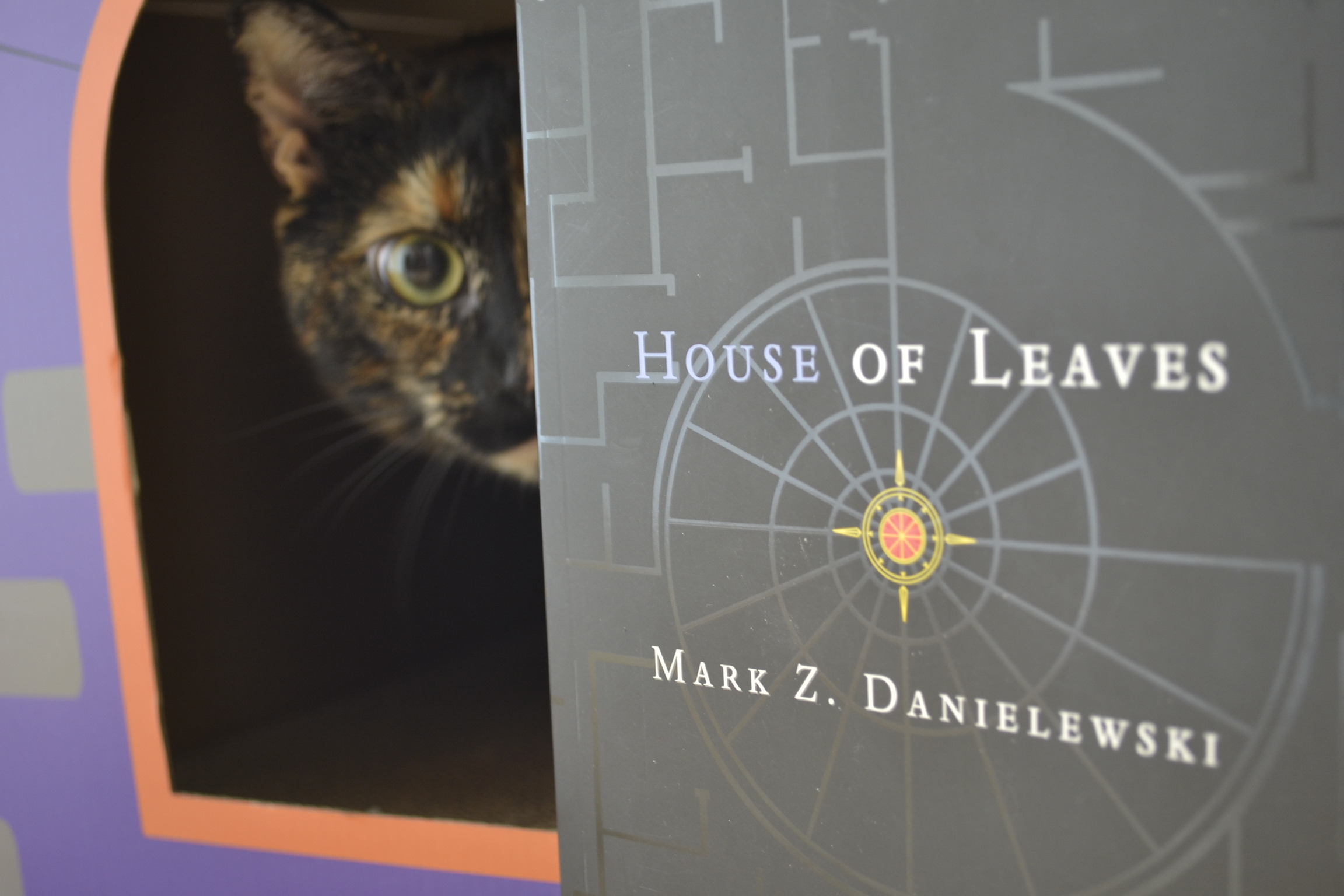Welcome to Spooky Season!
This summer we were so busy with work it seemed like autumn would never actually arrive and now it’s here! I’m excited but also overwhelmed by the thrills of spooky season. It doesn’t help that we’ve gotten trapped into this cycle where we don’t have time for anything for us — and then, when we do have time, we utterly overbook ourselves. Then I get exhausted and then my mood takes a nosedive.
It’s so hard to take a deep breath and acknowledge that I am only human and can only go to so many Halloween events and fall festivals. Just like my lovely spouse, who tends to shower me with new books when my mood starts suffering. I love her and I love how doting she is, but I continually have to remind her that we only have so much space and there’s only so much I can read in a year.
Not to mention the hit our household budget takes…but that’s a problem I’ll confront when spooky season is behind us and I still haven’t made much a dent in my to-read stack.
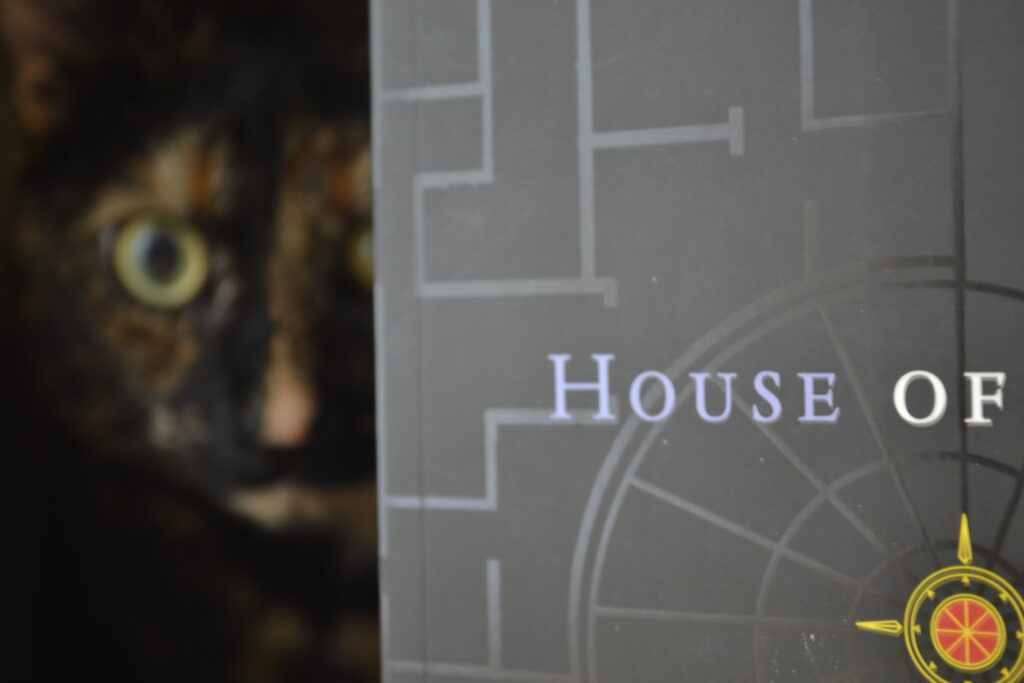
The Legend
When I purchased Mark Z Danielewski’s House of Leaves, the clerk at our local independent bookstore clued me in to the presence it has in the horror reading community. And, oh, what a presence it is. The book is huge with thin pages that remind me of computer books in the 1990s and I suppose that’s part of the point. It goes beyond the epistolary novel that it partially emulates to include fictionalized academic papers, references, source materials, images, excerpts, and the script of an entire fictionalized documentary.
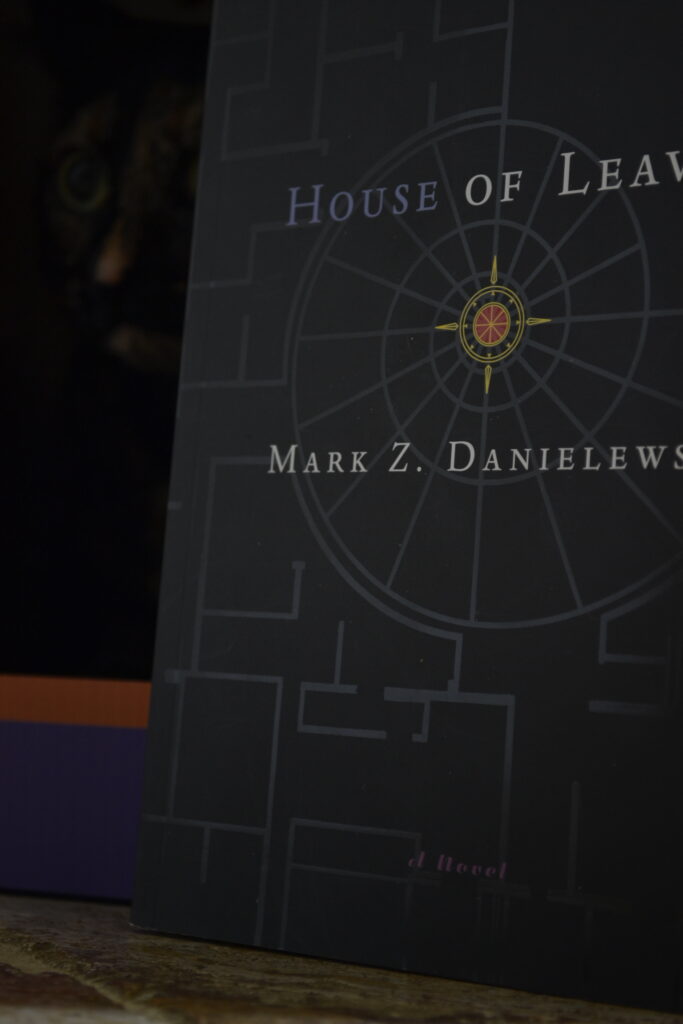
All of this factors in to the meat of the book, which is, in essence, a haunted house. Instead of traditional ghosts, there is an unnamed presence and the house itself keeps expanding to impossible dimensions, swallowing inhabitants, and defying attempts by the house’s owner — Will Navidson — and his colleagues to catalogue and explain the phenomenon they’re witnessing.
When all is said and done, the reader is left with more questions than answers and, honestly, that is usually the way that truly enduring works of horror end.
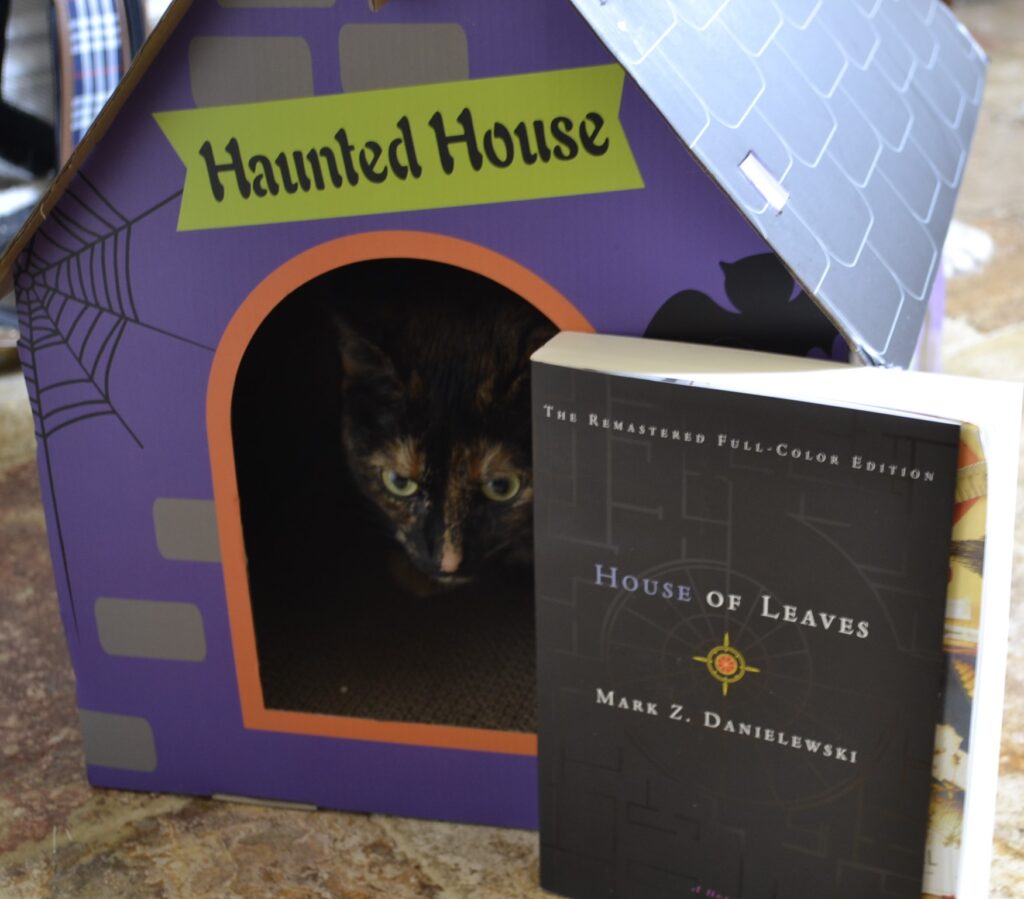
A Behemoth of Formatting
It’s hard not to be impressed solely by the formatting of House of Leaves. Like Sterne’s Tristram Shandy before it, this novel uses colours, fonts, underlining, styles, and structures to help construct the story. The cost and time of this kind of attention to detail is staggering and I am always impressed when a writer manages to accomplish a task this complex.
So it’s important to take your time when reading House of Leaves, more so than other horror novels. Unless you’re prepared to sit and analyze all of the details and Danielewski’s many aesthetic and prose-based choices, you will not achieve the full effect that this novel promises. Don’t expect to read it in an afternoon, and prepare yourself for an intense experience when you do decide to open the cover.

Suggestions on Reading
I can offer a few tips on reading and a few notes to help, though! First off, I found it helped to keep a rough chronology in my head to keep the events and their subsequent analysis straight while I proceeded through the book. Every component in interconnected, but they need to be considered separately so that the book hangs the way it is supposed to. Much like hanging a picture in a gallery, there is a lot of detail that Danielewski includes to create environment, background, and the optimal ‘viewing’ experience.
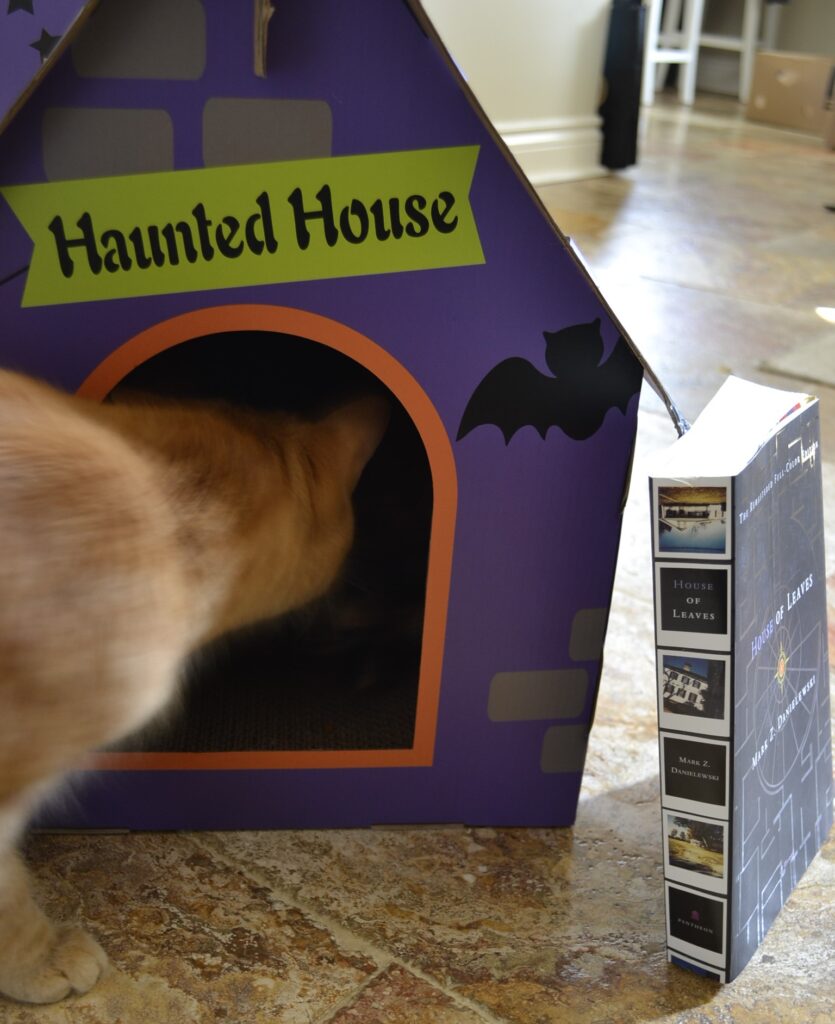
Also, if you do know much about academic writing, it’s probably good to do a bit of research beforehand. House of Leaves is also a comment on academic writing and theory, and includes many fictionalized journal articles, papers, and references that are much easier to handle if you are used to dealing with their real-life counterparts in an academic setting.
I ended up translating one of the letters of the appendices that was written in code before I actually read it and then I made sure to keep that translation should I ever want to re-read the novel. Taking notes, especially if you find the pieces of the many story threads escaping you, is a good idea. My edition of the book has ample margins for just this purpose. This is a novel that you are definitely supposed to batter as you parse it apart.
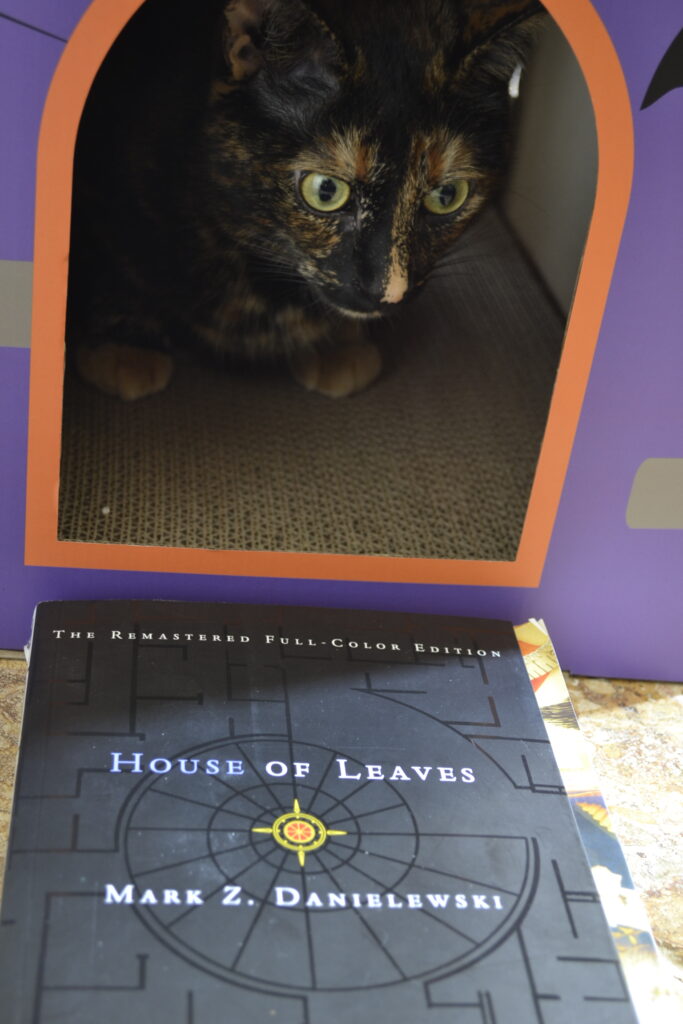
A Small but Important Note
This was published twenty years ago and it has the problems of novels of that time. Specifically, Will Navidson’s partner Karen Green has a very problematic role in the narrative. She has a very flat, rather misogynist storyline that is primarily focussed on children, and her horrible behaviour is somehow redeemed by her deciding to become a ‘family woman’. She’s shallow. She’s vain. She’s not particularly intelligent. It’s painful to read, but not anything unexpected when it comes to literature in general or literature of this moment in time specifically.
I have more of an issue with how female written academic theory and journal articles are treated in the narrative. They are mocked. They are stereotyped. They are solely focussed on either Green or on family dynamics and are not given any quantitative scientific insight. It is utterly infuriating.
So, be warned, there were definitely moments when I wanted to hurl this book into the wall and had to take a deep breath to keep going.
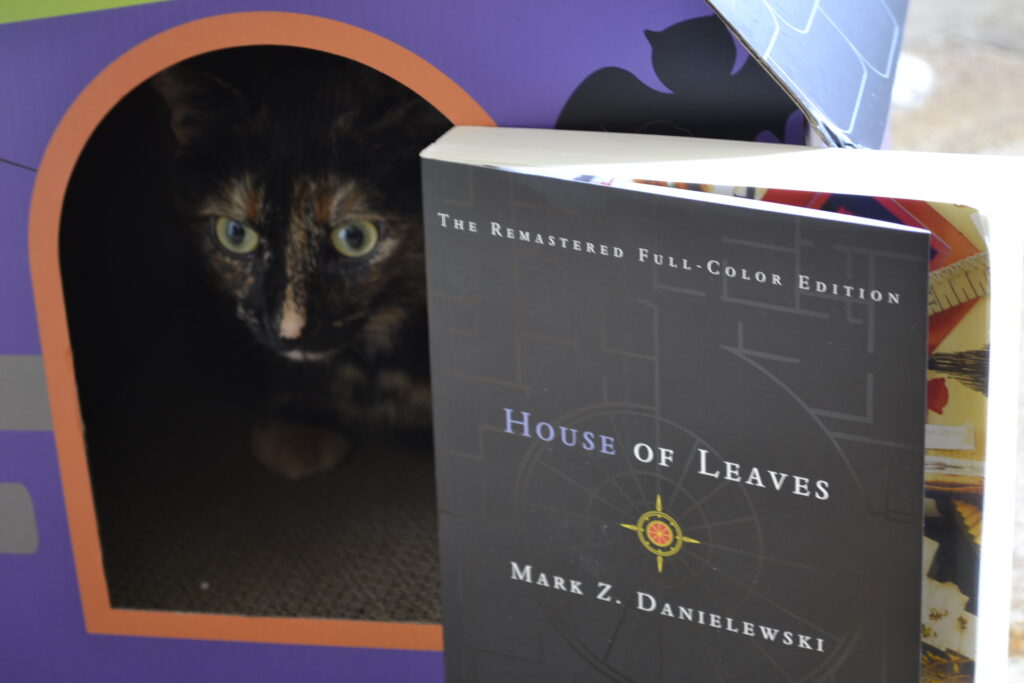
The Bats Are Going Up!
We’ve been so busy that our little paper bats still haven’t gotten up on the walls, but this weekend things are going to be different. We also need to put up all of the little pipe cleaner spiders that Rusalka absolutely loves to bite. Thankfully, she doesn’t actually attempt to eat them, but she does carry them all over the house at top speed, chirping all of the way!
And this year, we actually splurged and got them a cardboard haunted house (as you can see in this week’s photos). What can I say? I have high hopes for Halloween this year.

